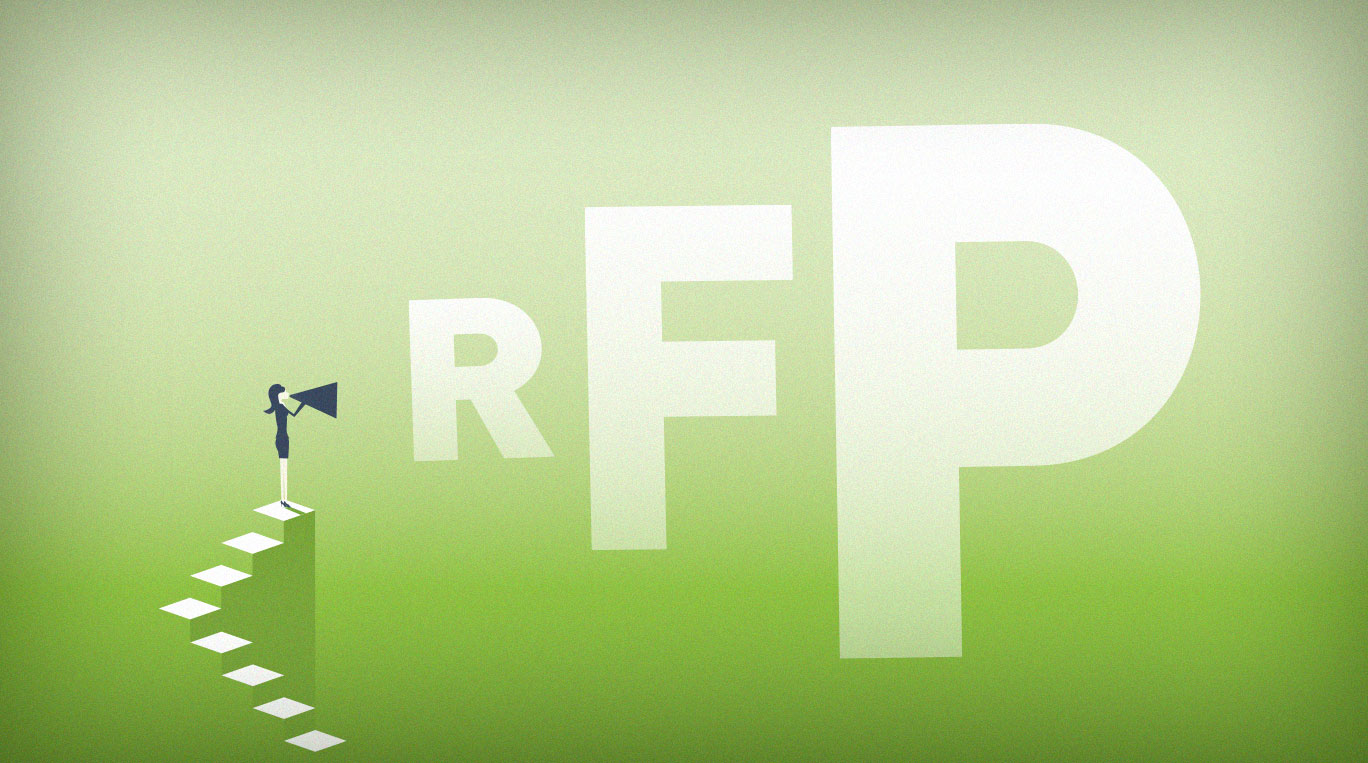
How to Run a GREAT RFP Process
Five ways to make your next RFP your best RFP.
The RFP process is time-consuming, and you need to make sure it ends with an outcome that you feel great about. Here's some advice for running a great RFP process that gets you to the results you need:
- Have the basics covered. There is some basic information every vendor will need to develop initial design concepts for your RFP.... Exhibit size. Where it sits on the floor. Your company's branding and messaging. What you want to accomplish. What you want a vendor to do.... The better prepared you are with this information, the more on-target and valuable the responses to your RFP will be.
- More is better. Beyond the basics, the more information you share about what you want and need, the better we are able to design a solution for you. Have you done this event in the past? What went well? What didn't? Beyond high-level goals like awareness or lead capture, are there more specific goals you'd like to accomplish? Have you engaged your internal partners like sales or product management for their perspective? Moving past the basics to more detailed specifics like these is often the difference between a good solution and a great one.
- Decide what's important to you in picking a partner. Only you know what matters most to you and your company when it comes to deciding who is the right partner for your project. For some, it's all about the design and how it addresses your needs. For others, it's a comfort level that all the project management and logistics will come off without a hitch. Knowing what matters the most to you ensures you ask the questions that get to the heart of these concerns during your RFP process.
- Share a budget range. Most companies hate sharing their budget early in their evaluation process. We understand why. They are concerned that giving a budget may limit the ideas and creative thinking they get back in early designs. This couldn't be farther from the truth. Having a budget range allows designers to come up with creative solutions that push the boundaries and work within your budget. It also saves you from the disappointment of seeing ideas that will never work with what you have to spend.
- Set aside time for a call to discuss your RFP. There is always benefit to having a dialog once you send your RFP out. We will have questions and things we'd like to understand better. We will want to probe some areas for additional insight into your brand and your needs. The time you take to engage in dialog early in the process will pay off in better strategy and design that addresses your needs.
Do you need an RFP template? Use ours! Created in Microsoft Word as an easy-to-use form, it can be quickly completed and sent out to your list of possible vendors. Or, if you have another preferred RFP format, you can still use ours for a few ideas to make it better. Either way, you can be sure that you’re focusing on things that will make a difference to a successful RFP process. You can get it here: Motif’s Quick-start RFP Template.
If you already have an open RFP, we would love the opportunity to participate. You can submit your RFP to us at info@motifevents.com.

